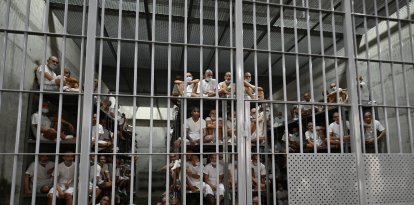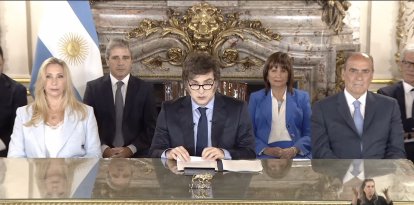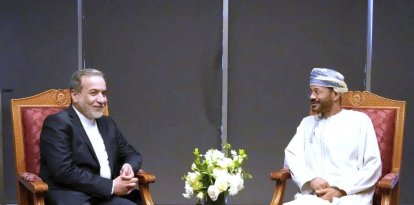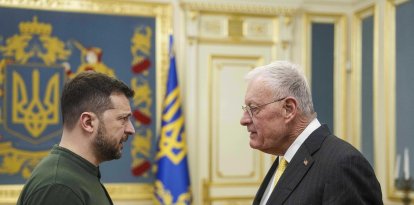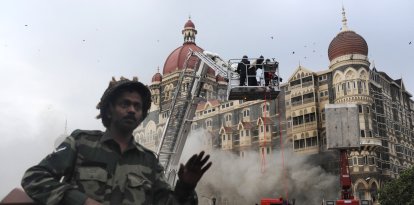UK: Science Museum claims Lego can be anti-LGBT
A guide titled "Seeing Things Queerly" claims the plastic pieces can reinforce "heteronormative" ideas.

Lego pieces
The U.K. Science Museum suggests that Lego may contribute to anti-LGBT messaging. A self-guided tour of the museum on "stories of queer communities, experiences and identities" features a display of Lego bricks, with a guide stating that the toy can reinforce "heteronormative" ideas.
"Like other connectors and fasteners, Lego bricks are often described in a gendered way. The top of the brick with sticking out pins is male, the bottom of the brick with holes to receive the pins is female, and the process of the two sides being put together is called mating," says the guide posted on the museum's official website.
The guide, titled "Seeing Things Queerly" suggests that the Lego pieces exemplify "heteronormativity."
"It illustrates how heteronormativity shapes the way we speak about science, technology, and the world in general," the guide stated.
The guide provides no sources to support the claim that people perceive Lego as gendered or that attaching bricks is referred to as "mating."
Meanwhile, the guide has been criticized by organizations such as Sex Matters, which advocates for maintaining women-only spaces and gender-specific services.
Fiona McAnena, the organization's advocacy director, called the museum's claim "ridiculous." "The Science Museum's self-guided tour of all things 'queer' is completely bonkers and includes some absurd claims," McAnena said during a conversation with The Telegraph.
"People expect to be informed, educated and inspired when visiting the Science Museum, not to have dubious claims rooted in gender ideology forced on them," she added.
Lego isn't the only toy referenced by the museum. It also talks about an exhibit of Billy Doll, a toy released in 1992 that was designed to represent a gay man.
"Billy was designed for a queer audience, specifically adult gay men in response to the negativity directed towards the gay community during the AIDS epidemic," says the museum guide.
The exhibit also highlights a Spitfire, referencing pilot Roberta Cowell—born Robert Marshall Cowell—who flew the World War II fighter plane and later underwent transgender surgery.
"She was the first British trans woman to undergo gender affirming surgery and change her birth certificate," the museum's guidebook states.
Other LGBT initiatives
RECOMMENDATION
